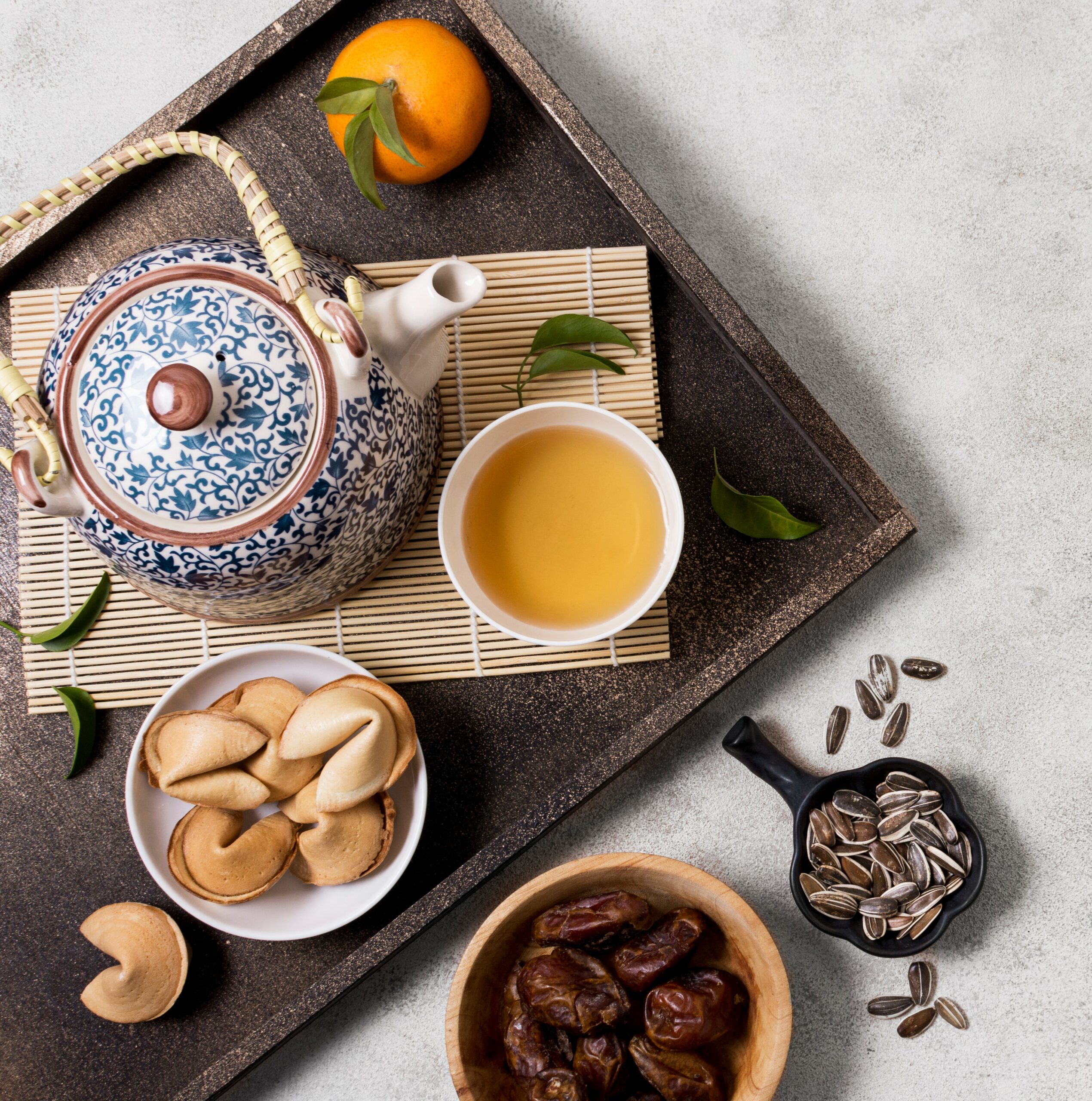Taiwanese tea has earned a global reputation for its exceptional quality, distinctive flavors, and rich cultural significance. Behind the enchanting aroma and nuanced tastes lie the dedicated efforts of skilled tea craftsmen who meticulously cultivate, harvest, and process tea leaves. In this article, we embark on a journey into the world of Taiwanese tea craftsmanship, exploring the intricate steps involved in producing some of the world’s finest teas.
Cultivation: The Beginning of Excellence

The process begins with the careful cultivation of tea plants, often nestled in the scenic hills and mountains of Taiwan. The island’s diverse geography and climate contribute to the unique characteristics of Taiwanese tea. Skilled tea farmers select the most suitable tea varieties, paying close attention to factors such as elevation, soil quality, and sunlight exposure.
Harvesting: The Art of Timing
Harvesting tea leaves is a delicate art that requires precision and timing. The flush – the tender, newly grown leaves – is crucial to the quality of the tea. Craftsmen carefully pluck the leaves by hand, ensuring only the finest and most succulent leaves are selected. The timing of the harvest, influenced by seasonal changes, weather conditions, and the specific tea type, plays a pivotal role in the final flavor profile.
Withering: Allowing Nature’s touch

Once harvested, the leaves undergo a withering process, where they are spread out to lose moisture and undergo subtle changes. This step is crucial in developing the unique flavors of Taiwanese tea. Traditional methods involve indoor withering or outdoor exposure, depending on the tea variety. The skilled craftsmen monitor environmental conditions to achieve the desired level of withering.
Oxidation: Unleashing Flavor Complexity
Oxidation, a critical step in the production of oolong teas, allows the leaves to undergo controlled fermentation. This step is where the artistry of Taiwanese tea craftsmanship truly shines. Craftsmen skillfully manipulate factors such as temperature and humidity to achieve the desired level of oxidation, resulting in a spectrum of flavors from light and floral to rich and robust.
Fixation: Preserving Essence
To halt the oxidation process, the tea leaves undergo fixation, a step that preserves the desired flavor and aroma. This is often achieved through pan-firing or steaming, depending on the tea type. The precision required in this step ensures that the tea retains its unique character.
Rolling: Shaping the Essence
Tea leaves are carefully rolled to shape and refine their appearance. This step not only influences the tea’s aesthetic but also affects the brewing process. The size and shape of the leaves impact how water interacts with them, contributing to the overall tea experience.
Drying: Sealing in Perfection
The final step involves drying the tea leaves to remove any remaining moisture. This step is crucial for shelf stability and ensures that the tea reaches consumers in optimal condition. Traditional methods, such as sun drying or baking, are employed to complete the intricate production process.
The production of Taiwanese tea is a harmonious blend of tradition, skill, and nature’s bounty. The dedication of tea craftsmen to each step of the process results in teas that are not only a delight to the palate but also a testament to the cultural heritage deeply rooted in Taiwan. The artistry of Taiwanese tea craftsmanship continues to captivate tea enthusiasts worldwide, inviting them to savor the rich flavors born from the hands of these skilled artisans.


